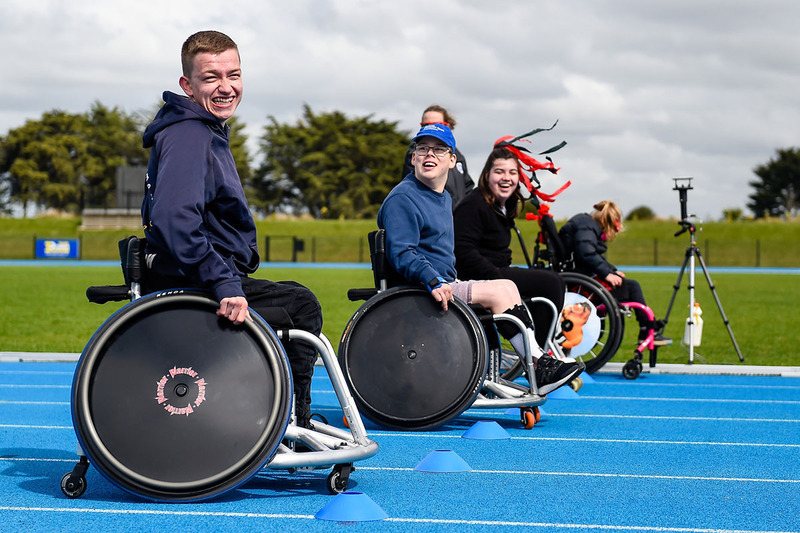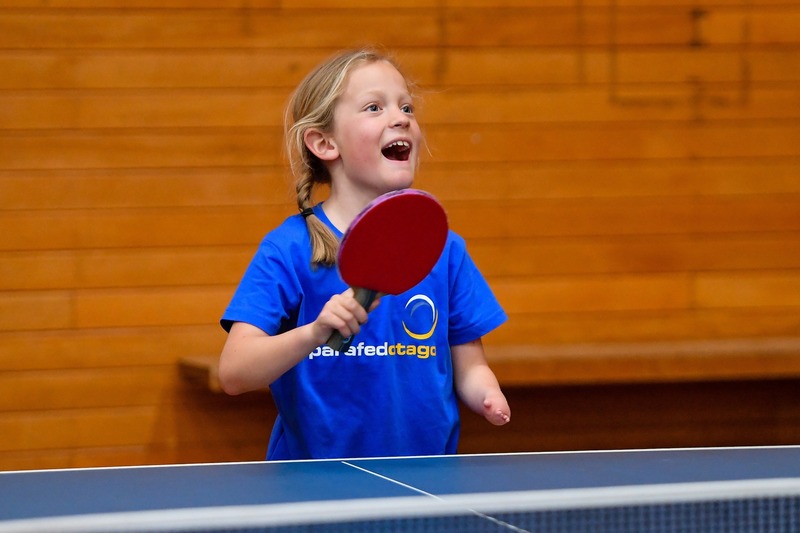Classification
Classification is a structure for competition to ensure fair and equitable competition. Athletes with disabilities are grouped in classes defined by the degree of function presented by the disability.

The Paralympic Movement
The Paralympic Movement offers sport opportunities for athletes with physical, visual and intellectual impairments and these can be divided into 10 eligible impairment types.
There are eight different types of physical impairments in the Paralympic Movement.
In addition to athletes with physical impairment, athletes with a visual or intellectual impairment are also included in the Paralympic Movement.
Our ParaFed Otago team can help you to begin your classification process
Contact us at sdo@parafedotago.co.nz or 022 043 3768
impairment of the eye structure/receptors
impairment of the optic nerve/optic pathways
impairment of the visual cortex
Want to learn more?
If you would like to learn more about classification, please CLICK HERE
For news and videos about the Paralympic Movement, and information about the IPC structure and classification, please visit: www.paralympic.org
Summer Para-Sport Guide - Click here to view
Winter Para-Sport Guide - Click here to view
Our ParaFed Otago team can help you begin your classification process
Contact us at sdo@parafedotago.co.nz
or 022 043 3768

Want to join in on the fun?
ParaFed Otago is one of the leading regional disability sport and recreation organisations in New Zealand. If you have always wanted to be involved in a sport or activity, but have been unsure where to start, then we are here to help you.